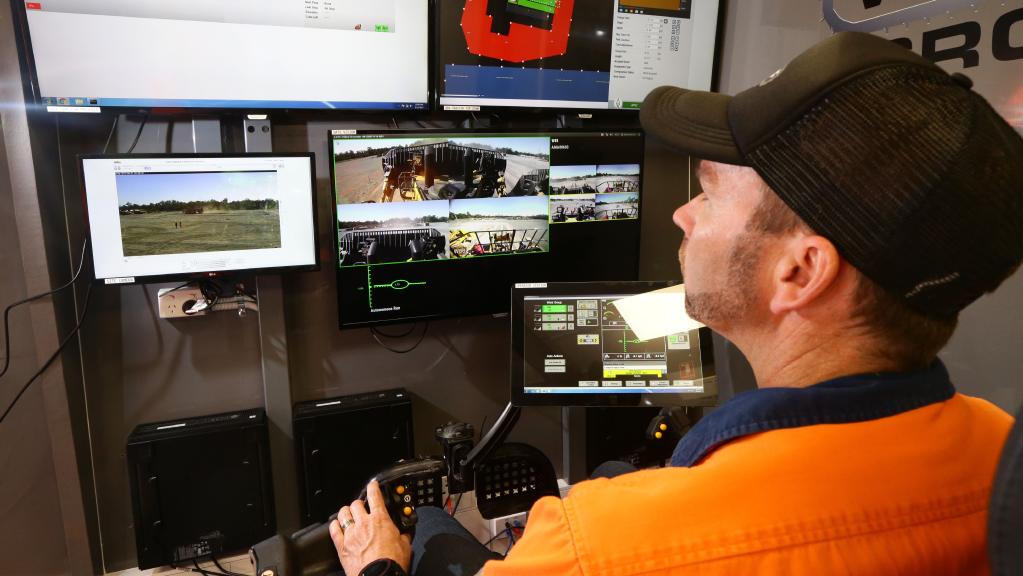Driverless Bulldozers Set for Queensland Mining Trial

By Glen Norris
July 2, 2017 - Driverless bulldozers will go to work at open cut coal mines in Central Queensland, Australia in the latest sign of growing automation in the resources sector.
The remotely controlled machines, costing up to $3 million, will be part of an 18-month trial organized by mining services firm Wolff Group, Hastings Deering and Caterpillar.
Caterpillar automation manager Carl Hendricks said the new technology meant an operator could theoretically be located thousands of kilometres away from a mine working in an office.
Mr. Hendricks said the growth in driverless mining equipment was not about cutting mine jobs, rather making them safer and more efficient.
Mining giants BHP, Rio Tinto and Fortescue are already investing in everything from driverless trucks and locomotives to automated drilling rigs as they seek to boost their bottom lines and reduce workplace accidents.
“Dozers usually operate in the roughest part of a mine and the most common injuries are the soft tissue variety,” Mr Hendricks said. “We have had drivers break their ankles walking to their machine. Now they can work in an office or mobile site in safety.”
Toowoomba-based Wolff Group has invested in a mobile control room, where an operator is able to control up to four bulldozers at one time remotely.
Vision from cameras mounted on the bulldozer is relayed to the operator in the room who is sitting at an exact replica of the controls on the actual machine.
The bulldozers were put through their paces recently at a three-day industry event at Brisbane’s Willawong, performing manoeuvres in a vacant block of land. A fail-safe system allowed the driverless machines to be shutdown quickly if a malfunction occurred.
Wolff Group managing director Terry Wolff, who runs the company with wife Wanda, said the driverless technology would lift productivity and efficiencies in mining as well as allow older people to continue working in the industry.
“It is tough on the body being a bulldozer driver as you are jolted around a lot,” said Mr Wolff. “We were sold on the idea when we went to the US and saw how it worked. There was a 68-year-old who was operating four dozers while having a cup of coffee in total comfort.”
He said the technology would not result in fewer people working for the company, which currently employs more than 200 people. “If everything goes to plan, we are probably going to need more operators and other people,” said Mr. Wolff.
Hastings Deering executive general manager mining Mark Scott said remote technology would become more common as mine operators sought safer and more efficient ways to extract resources. “It will not only extend the working life of contractors in the field but also create more skilled jobs,” Mr. Scott said.

Wolff Group managing director Terry Wolff operating the driverless Caterpillar bulldozer from a room.
Photo by Darren England

